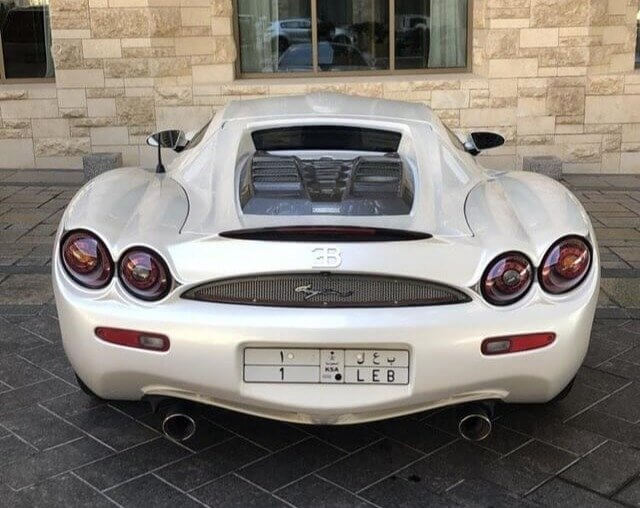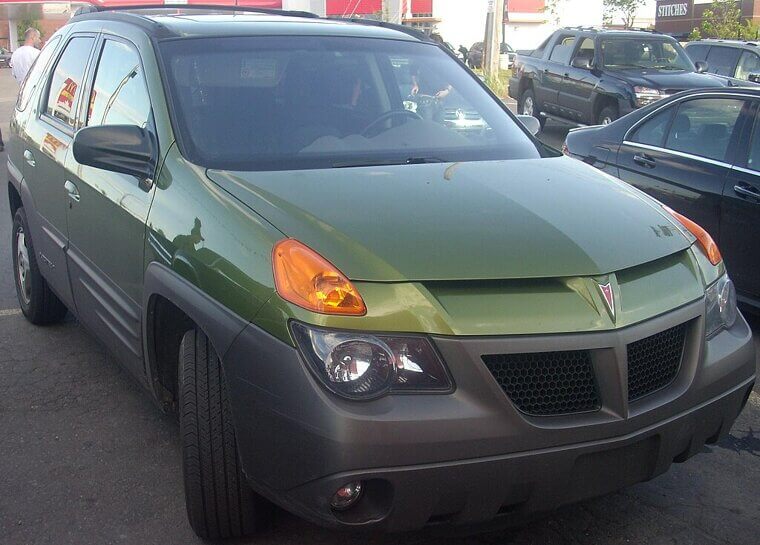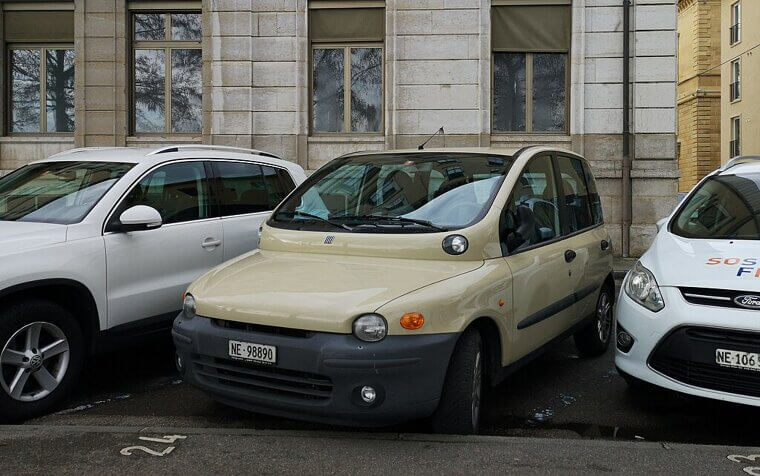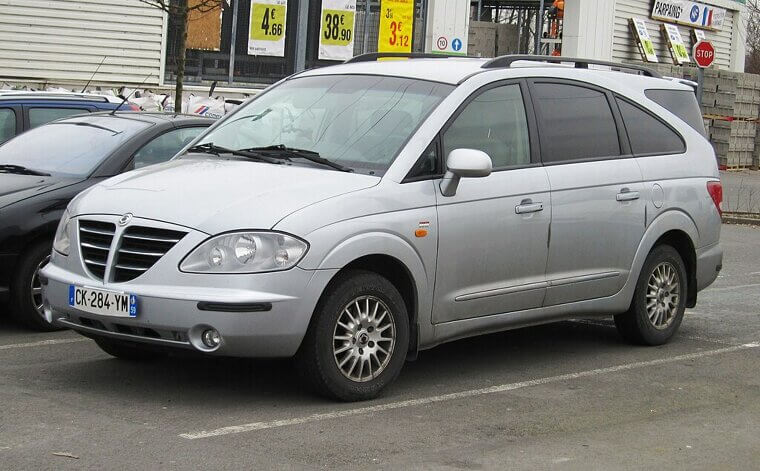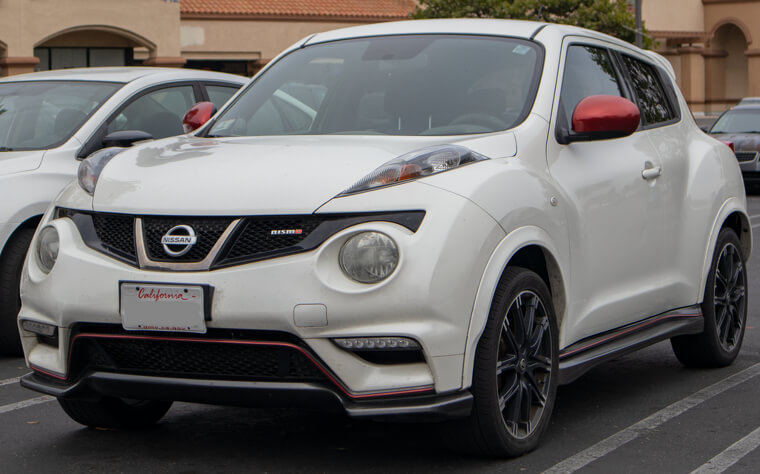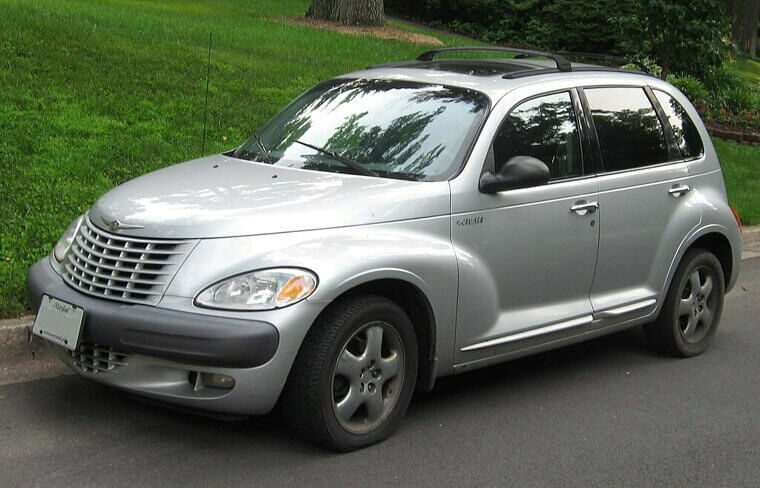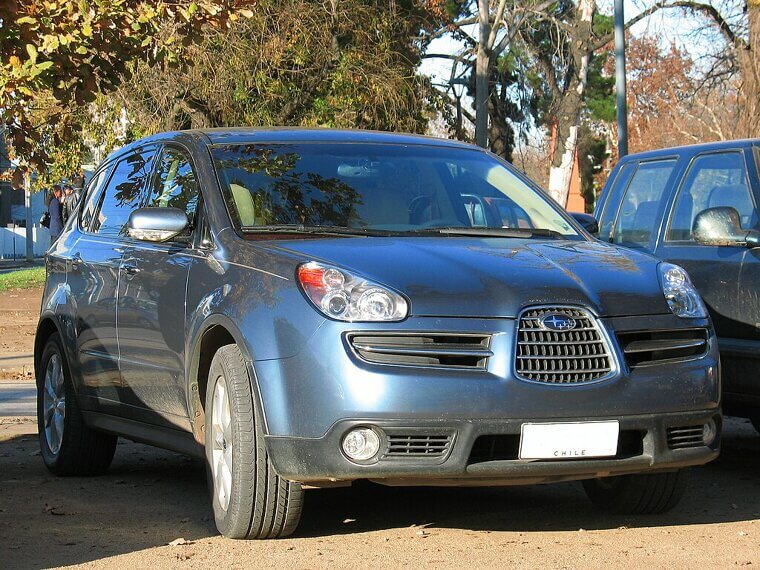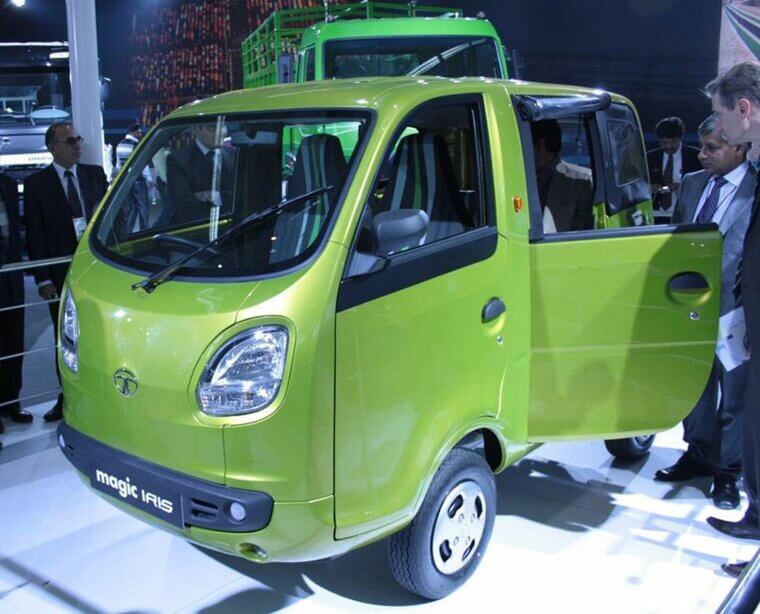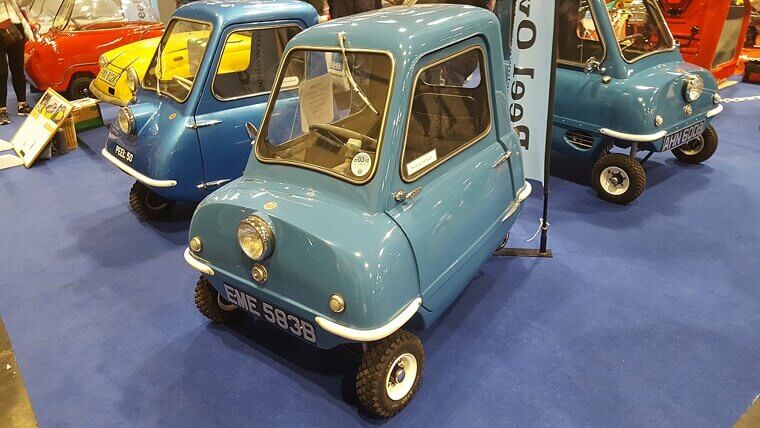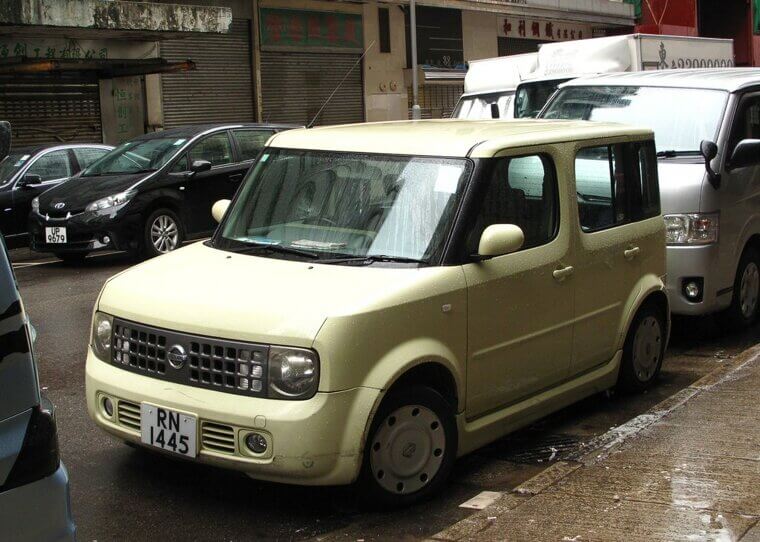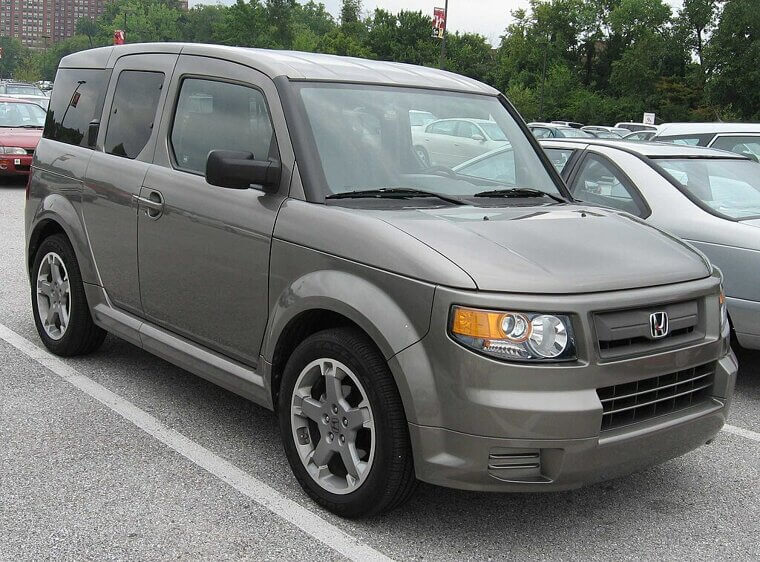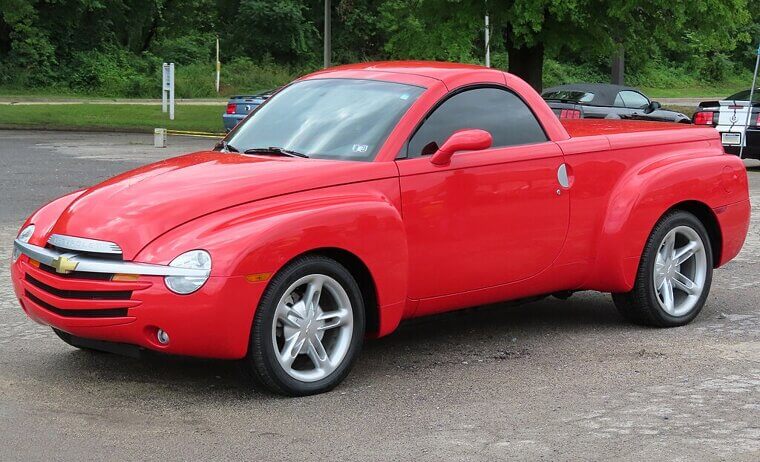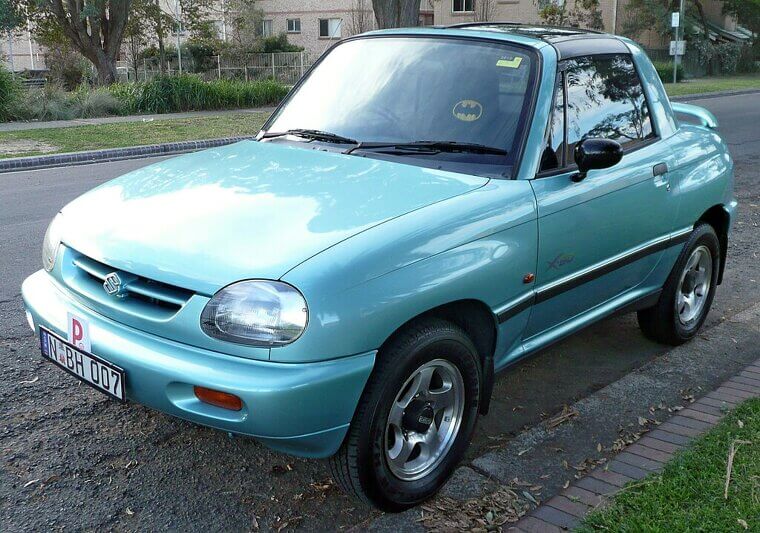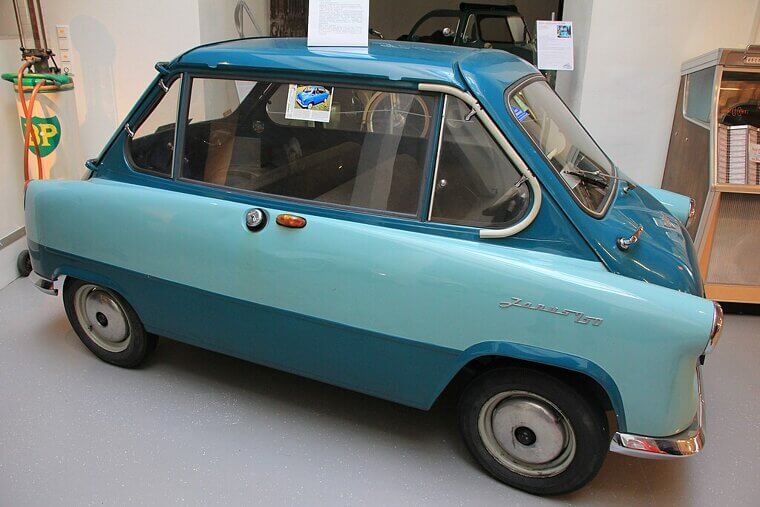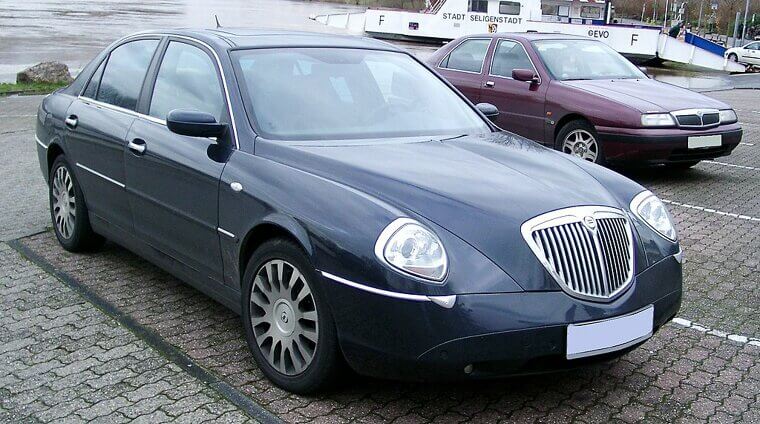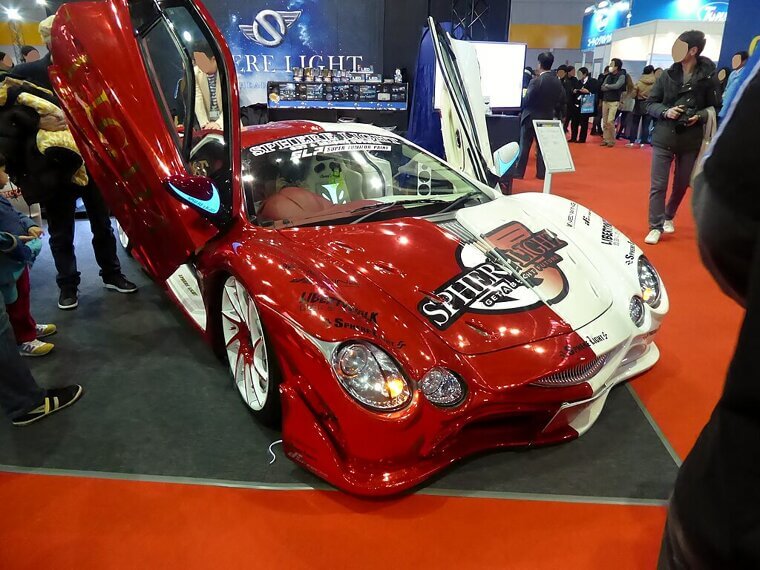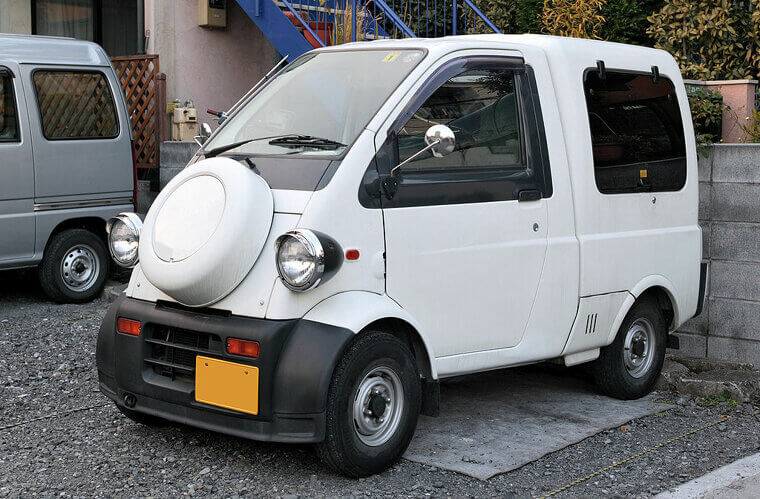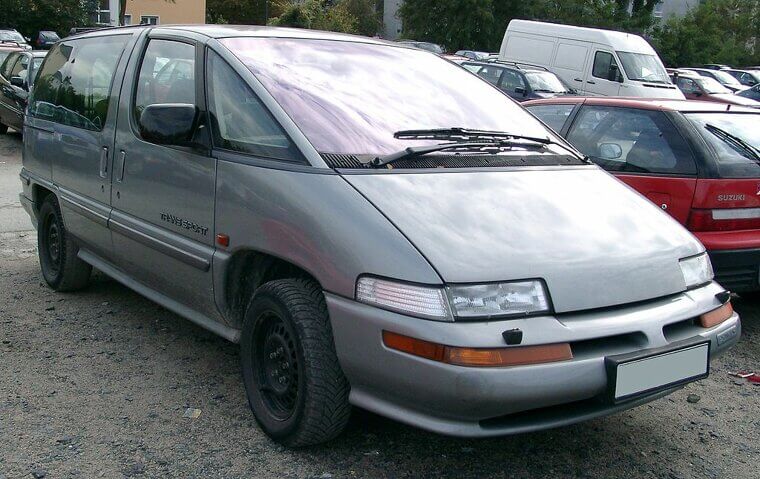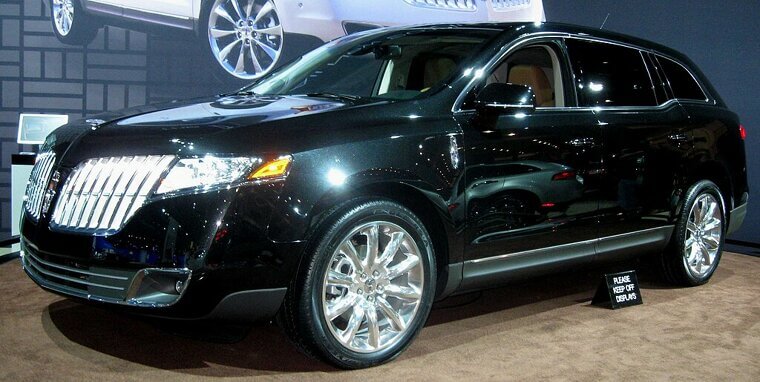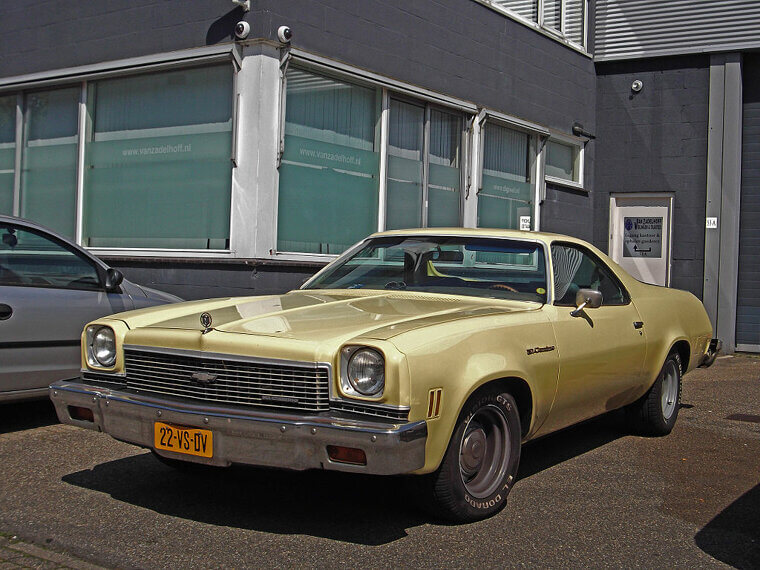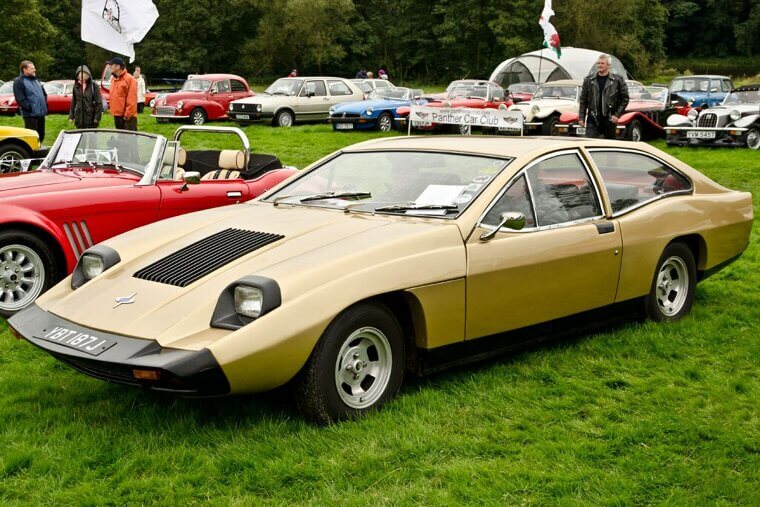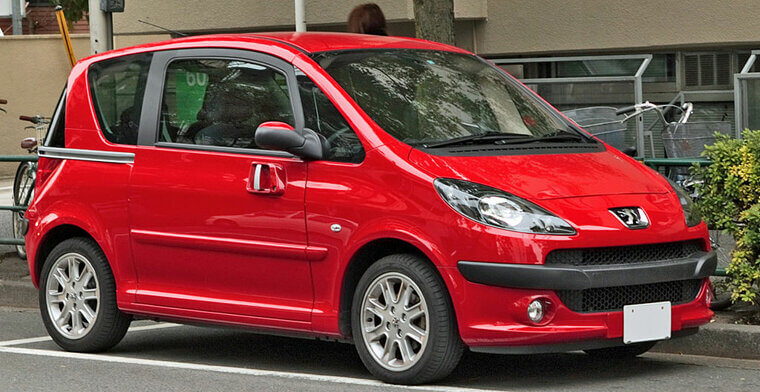Some Cars Are Simply Eyesores
Fashionable designs change all the time in the world of cars, but some vehicles just look like they fell out of the ugly tree and hit every branch on the way down. Here’s a list of the worst offenders for you to run away screaming from.
Pontiac Aztek (2001–2005)
Pontiac was going for edgy and youthful, but they produced what can only be described as a mutant SUV with a chassis only a mother could love. It looked like a combination of several concept cars all squished together and bonded with false hope.
Fiat Multipla (1998–2010)
Despite Italy being renowned for beautiful designs, they slipped up and let one of their miscreants escape into showrooms. The Multipla had three sets of headlights that formed what can only be described as the face of a goofy cartoon frog. It received innovation awards for its roomy interior, though.
SsangYong Rodius (2004–2013)
The Rodius is what happens when a yacht designer tries their hand at constructing cars; they’re two very different beasts! There was no aerodynamic logic, just bloated proportions and a rear styling that looked like a melting ice cream. It seated eleven people too, for some reason.
Nissan Juke (2010–2019, 1st Gen)
Ugly doesn’t necessarily mean unpopular, just as the first gen Nissan Juke proved with its aggressive bug-like design and headlights that gave the impression it was made of eyes. Running lights on top, headlights lower than expected and exaggerated proportions didn’t stop the Juke from selling well.
AMC Pacer (1975–1980)
In an attempt to revolutionize compact cars, AMC released the Pacer, although its weird shape looked like an advertisement to sell jellybeans. Its design was supposed to be futuristic and included a lot of glass, but unfortunately it rsembled a fish tank instead.
Reliant Robin (1973–1981, Original)
With a weird melted nose and a stilted bean shape, the original Reliant Robin wasn’t just ugly - it was a three-wheeled lightweight that a strong breeze could toss around, and proved terribly unstable (it tipped up so much, “Top Gear” made a game of it).
Chrysler PT Cruiser (2000–2010)
Chrysler wanted the PT Cruiser to be a stylish and edgy car full of retro nostalgia, but unless you had fond memories of driving a toaster in your youth, it fell short of the mark. Its profile was squashed and awkward while its rear was large and in charge.
Subaru B9 Tribeca (2005–2007, Pre-Facelift)
When the B8 Tribeca released, it was evident Subaru wanted to make a statement, but no one knew quite what. Its styling looked like it was dissolving, but the misjudged triangular grille was the worst offender - the feature was dropped after two years, and everyone sighed with relief.
Tata Magic Iris (2010–present)
The Magic Iris was India’s answer to tight urban areas, and don’t get us wrong - it did its job very well. It was functionally excellent, but someone forgot aesthetics; they slapped some tiny wheels on a refrigerator shape with a distressed face and called it a day.
Toyota Prius (2003–2009, 2nd Gen)
Looking something like a blobfish on land, the Prius had environmental chops as the car that helped make hybrids popular and was even commonly seen driven by celebrities, but its style was absent. It might as well have been a kitchen appliance.
Peel P50 (1962–1965)
It’s hard to believe that you can legally drive a Peel P50 on UK streets! It’s the smallest production car ever, with a single door, one headlight and no reverse gear - if you want to go backwards, you have to physically get out and pull it by the handle.
Nissan Cube (1998–2019)
Nissan decided to try and make asymmetry attractive with the Cube, and although it had its own endearing charm, it’s not a pretty vehicle. It was square (as you might have guessed) with a wraparound rear window and a backend that felt uncanny valley - something was just wrong with it.
Citroën Ami (2020–present)
Despite looking like a child made it from cardboard boxes, the Ami was actually the best-selling car in 1966 France. Maybe because it was affordable and practical, but style gave this vehicle a hard pass and presented it with a weird reverse-raked rear window as a consolation prize.
Honda Element (2003–2011)
Honda designed the Element for adventurous drivers who love the outdoors, but it looked like it was designed by students on a budget; there was plenty of plastic body cladding on its square shape and insides you could literally hose down. There’s a fine line between innovation and madness.
Fiat 600 Multipla (1956–1969)
The 600 Multipla had similar issues to its progenitor in terms of its surprised little face, and its proportions were weird, too; it looked like the ugly lovechild of a van and moped! Despite its aesthetic failures, it could seat an incredible 6 people in its tiny body.
Chevrolet SSR (2003–2006)
The SRR is what you get when you smoosh a retractable hardtop, pickup truck and a retro hot rod together into one vehicle. On paper it was probably a great idea, and its V8 engine was a winner. Unfortunately, it was under the hood of a melted bathtub.
Suzuki X-90 (1995–1997)
If ironic statements had a physical form they would look like the X-90, one of the worst-selling cars in Suzuki history. Nothing made sense on it, from the proportions on its tiny frame to the wide stance - it was just a random mashup of car parts.
Ford Scorpio Mk2 (1994–1998)
Ford, a company known for its conservative designs, tried to go avant-garde with the Scorpion Mk2 and the results were… shocking. They even surprised the car itself if its stylized expression was anything to go by, with a droopy front end and oversized headlights.
Zündapp Janus (1957–1958)
Who knows what German motorcycle company Zündapp were thinking when they designed the Janus bubble car, but they based it on the two-faced Roman god. They also gave it a front and rear door, so that the driver and passenger could sit back-to-back like prisoner and warden. Hello, motion sickness!
Lancia Thesis (2001–2009)
On the inside the Thesis was all beautifully designed, luxurious comfort. On the outside it was supposed to be grand and elegant, but it tried too hard; instead it came out awkwardly-shaped, with weird headlights, a mismatched front and rear end, and odd detailing that stood out… but not in a good way.
BMW Isetta (1955–1962)
In the post-WWII era, BMW released the Isetta which, to be fair, isn’t the most hideous car on the list (you could even call it endearing) and it was a massive success. It wasn’t pretty though; it looked more like a mutated scooter than a car with its entire front acting as the door.
Mitsuoka Orochi (2006–2014)
The Orochi is based on a mythological Japanese serpent so it takes inspiration from snakes and dragons, with a healthy dose of deep-sea fish thrown in (just take a look at that gaping maw on the front end). It was scary, but not in the way Mitsuoka intended!
Daihatsu Midget II (1996–2001)
Designed as an urban vehicle for use in cramped spaces, the Midget II is a capable vehicle that Japan loves. Outside the country, however, its cartoonish proportions and mismatched headlights (some have a single one in the middle) made it too comedic to be taken seriously.
Pontiac Trans Sport (1990–1996, Early Models)
Pontiac wanted to bring minivans into the future, and with that in mind, it designed the Trans Sport - a vehicle with an almost horizontal aerodynamic nose and aesthetics that resembled a rejected sci-fi prop. In fact, there was something vacuum-like about it, so to this day it’s known as the “dustbuster van.”
Lincoln MKT (2010–2019)
Designed as a replacement for the Town Car and Aviator, the MKT came out looking like a retro futuristic hearse in a fever dream of pure chrome. It was flat like a squashed toaster - long and low - with an almost absent rear end.
Chevrolet El Camino (1973–1977, Late 70s Models)
While the El Camino generations contain some classics, the late ’70s was not among them. Big, boxy shapes were popular then, and the uninspired, bloated creature that was this model got slower as it grew in size. It was a coupe/pickup crossover that couldn’t haul to save anyone’s life.
Jeep Commander (2006–2010)
Back when third-row SUVS ruled the markets, Jeep released its attempt on the theme: the Commander. It was very… square, unexciting to the extreme and its tiny windows meant visibility was at an all time low. It was just a wheeled box, and it was discontinued four years later.
Marcos Mantis M70 (1970–1972)
Despite having decent performance, the Mantis M70 looked like something a 1970s cartoon villain would drive, and that’s not as cool as it sounds! It was both angry and stupid-looking at the same time, with a bulbous front, awkward proportions and rear lights trying to abandon their post.
Peugeot 1007 (2004–2009)
Sliding van-like doors on a hatchback body sounds like an interesting idea in theory, but in practice it was super goofy. Accessibility-wise it was ahead of its time, though its laughably tall shape and bulbous profile made it look like a vending machine on wheels.

